

Why Fish Banners in the Sky?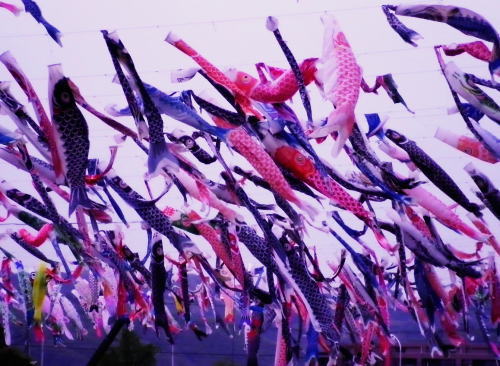 What are these things? What’s happening in the sky? This phenomenon is becoming popular in suburban areas in Japan. Not in the countryside where there are plenty of lands for accommodating every
What are these things? What’s happening in the sky? This phenomenon is becoming popular in suburban areas in Japan. Not in the countryside where there are plenty of lands for accommodating every But why carps? Read more... |
Why Japanese Love Cherry Blossoms?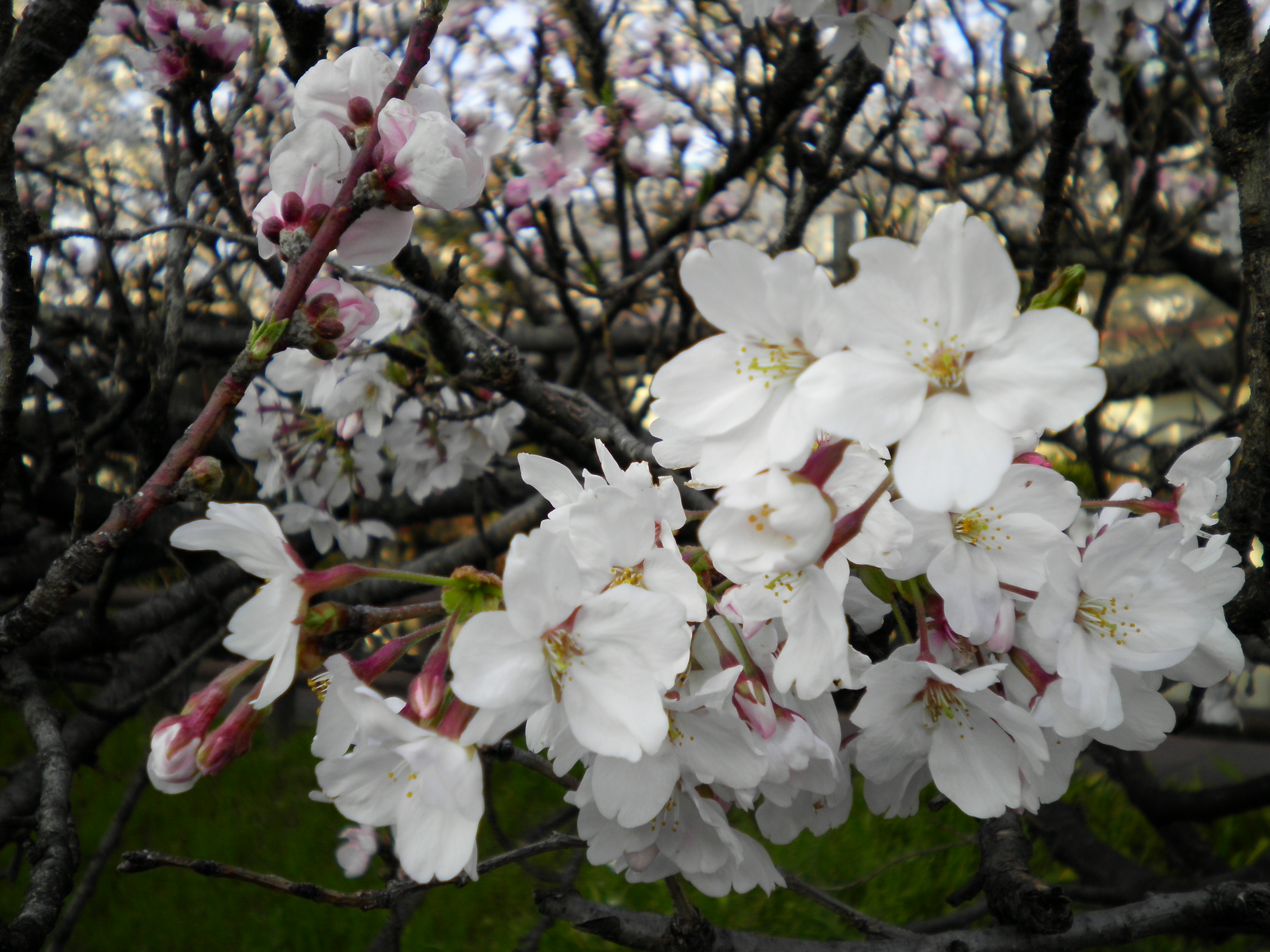 Every year as soon as spring comes, TV weather programs start giving “cherry blooming forecasts", and people begin chatting like “How are they doing?”, “A bit late this year and still in buds”, or “Now it’s the time!”. Compared with the colourful foliage in autumn, the cherry blossom is like gold versus silver. Thus a jumble of people — young and old, men and women, retired or non-retired — are back again under cherry trees for
Every year as soon as spring comes, TV weather programs start giving “cherry blooming forecasts", and people begin chatting like “How are they doing?”, “A bit late this year and still in buds”, or “Now it’s the time!”. Compared with the colourful foliage in autumn, the cherry blossom is like gold versus silver. Thus a jumble of people — young and old, men and women, retired or non-retired — are back again under cherry trees for But why do people adore this flower so much? Read more... Why Raccoon Dogs Everywhere?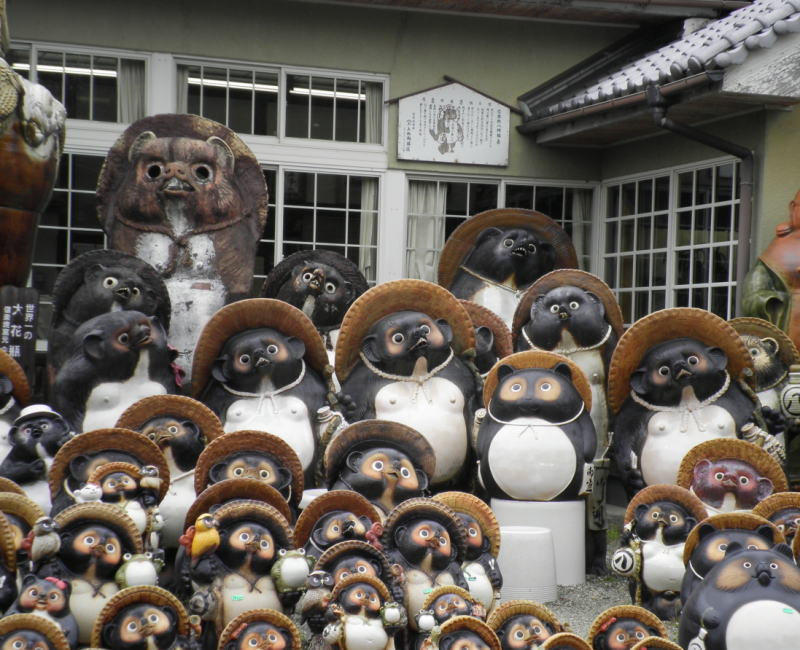 Just look at these adorable things! This is a
Just look at these adorable things! This is a But why raccoon dogs instead of foxes, squirrels, or even hares? Read more... Why Bean Throwing on February 3 in Japan?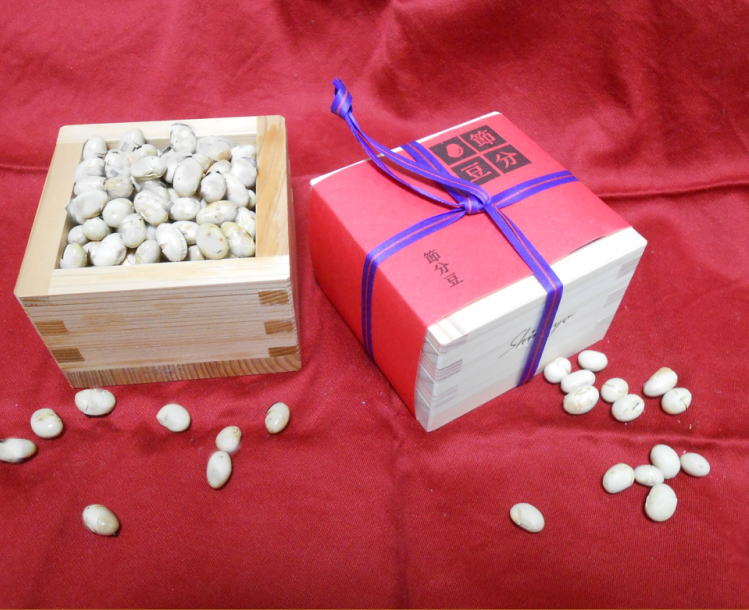 February 3 is the day when nationwide bean-throwing takes place. People would chase
February 3 is the day when nationwide bean-throwing takes place. People would chase But why do people throw beans on this day? Read more... Why Are Ducks Swimming in the Paddy Fields? When strolling in the summer countryside, you may see docks swishing on the water-brimming paddy field while meticulously pecking into it. Strange. Why are farmers even allowing that? Isn’t there any other place where the birdies can swim? Or the country is too small to give them decent ponds?
When strolling in the summer countryside, you may see docks swishing on the water-brimming paddy field while meticulously pecking into it. Strange. Why are farmers even allowing that? Isn’t there any other place where the birdies can swim? Or the country is too small to give them decent ponds?To find out why Read more... Why Ancient Kimono Dolls on March 3?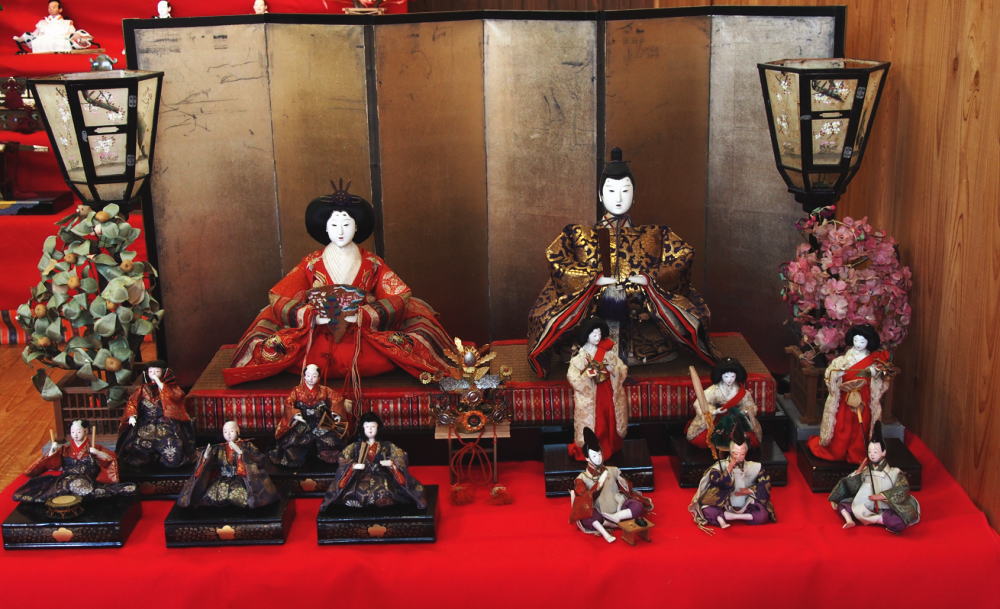 When pretty pink peach blossoms perk up gardens on the street, food shops set up small corners of
When pretty pink peach blossoms perk up gardens on the street, food shops set up small corners of But why do the Japanese decorate a doll set for the occasion? Let’s find the answer here. |
Why Fresh Tatami Mats Stink?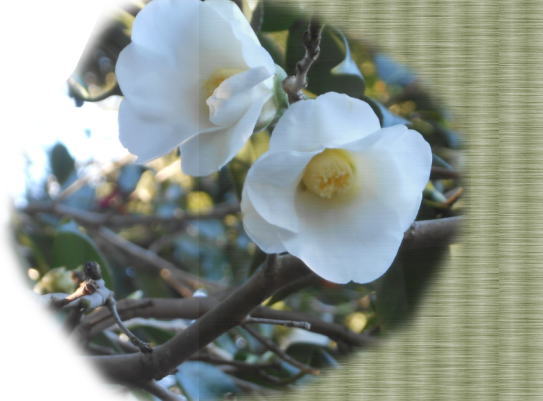 One day, my upstairs neighbour, an Australian who had just moved in, complained, “I cannot stand those
One day, my upstairs neighbour, an Australian who had just moved in, complained, “I cannot stand those “Why do they stink?” he demanded. Read more... Why a Bamboo Tree and Paper Slips on July 7 in Japan?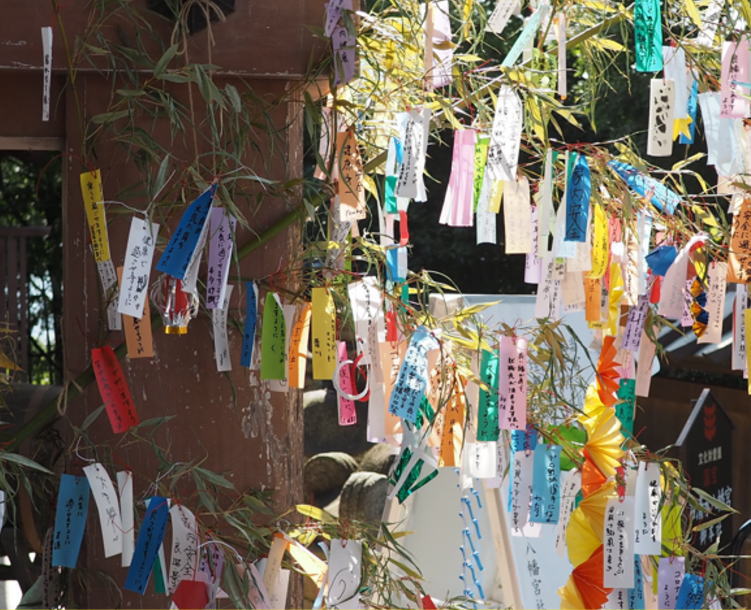 July 7 will come. At shrines and temples, local shopping streets, kindergartens, and people’s house doors or windows, guess what? You’ll see paper-decorated bamboo trees. They are the so-called “
July 7 will come. At shrines and temples, local shopping streets, kindergartens, and people’s house doors or windows, guess what? You’ll see paper-decorated bamboo trees. They are the so-called “But why do people decorate bamboo trees with paper slips for this day? Read more... Why Bamboo Tubes on New Year’s Day?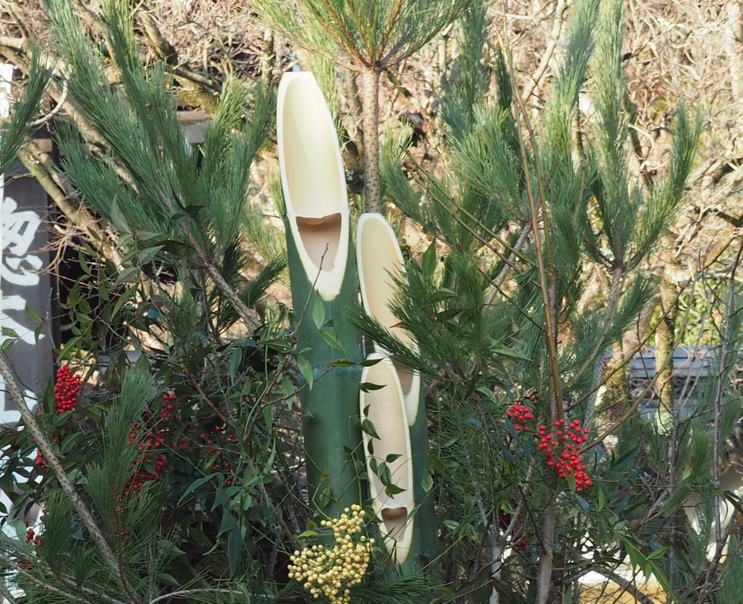 Walking on year-end and New Year’s days in Japan, you may find strange objects made of sharp-slashed bamboo tubes at the entrance of temples, shrines, and even in front of large houses. Look carefully. The cut-out bamboo trees are combined with other trees such as pine, red-berried nandina twigs, and even pinkish cabbages! What are they? What are they placed for? “Let me guess...” you might say, “they are for welcoming fortune?” Or “To ward off evil spirits?”
Walking on year-end and New Year’s days in Japan, you may find strange objects made of sharp-slashed bamboo tubes at the entrance of temples, shrines, and even in front of large houses. Look carefully. The cut-out bamboo trees are combined with other trees such as pine, red-berried nandina twigs, and even pinkish cabbages! What are they? What are they placed for? “Let me guess...” you might say, “they are for welcoming fortune?” Or “To ward off evil spirits?”Nice try! Let’s find the answer here. |

